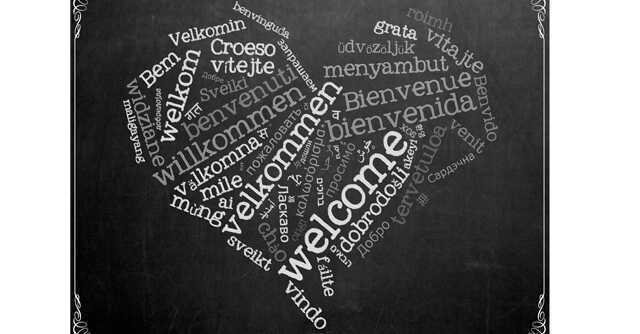
Meta’s new AI model can translate 200 languages in real-time, without needing English


Meta, the Facebook parent company, has announced its new, artificial intelligence (AI)-driven language translation model, which claims to be able to translate 200 languages worldwide, in real-time. In a blog post from earlier today, Meta said that this is the first AI language translator model that brings a large number of fringe and lesser known languages from around the world — including fringe dialects from Asia and Africa.
The AI model can also carry out these translations without needing to first translate a language to English, and then translate it to the originally intended language. This, Meta said, does not only help in speeding up the translation time, but is a breakthrough of sorts since many of the 200 languages that its AI model can understand had little to no available public data for AI to train on.
The initiative is part of the company’s No Language Left Behind (NLLB) project, which it announced in February this year. The new AI model, called NLLB-200, has achieved up to 44% higher BLEU (Bilingual Evaluation Understudy) score in terms of its accuracy and quality of translation results. For Indian dialects, NLLB-200 is 70% better than existing AI models.

The BLEU score is a metric to evaluate the accuracy and quality of machine translations across languages, thus setting an industry wide benchmark to follow.
As part of its announcement, Meta said that fringe languages, such as Africa’s Kamba or Lao, were “not supported well or at all by even the best existing translation tools today.”
It further added, “Fewer than 25 African languages are currently supported by widely used translation tools — many of which are of poor quality. In contrast, NLLB-200 supports 55 African languages with high-quality results.”

To be sure, companies around the world are all working on improving the ability of AI to understand more languages and dialects around the world. While there is plenty of available data on global languages such as English or French, data in niche languages are sparse — thus showcasing a gap in the ability of AI to bring useful translation features closer to fringe communities.
Microsoft, for instance, said in March this year that its new AI model, implemented to its enterprise Translator service via its Azure cloud platform, could achieve 15% more accurate translations across approximately 100 languages that it already supports. Microsoft has been using this service to offer better features in categories such as customer support communications.
Going forward, Meta said that it is open sourcing NLLB-200 for developers to use, and also announced a $200,000 grant for nonprofit organisations to build products using its model. The company also said that it could integrate the AI model’s abilities to its social feeds, to localise more of its services.

